à partir de 0 commentaire
2 nuits
Visite quotidienne
16 personnes
___
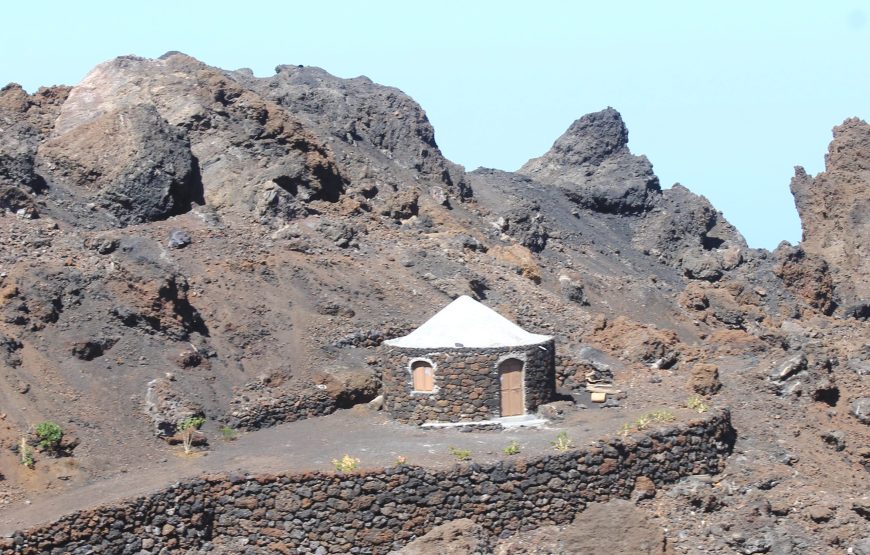
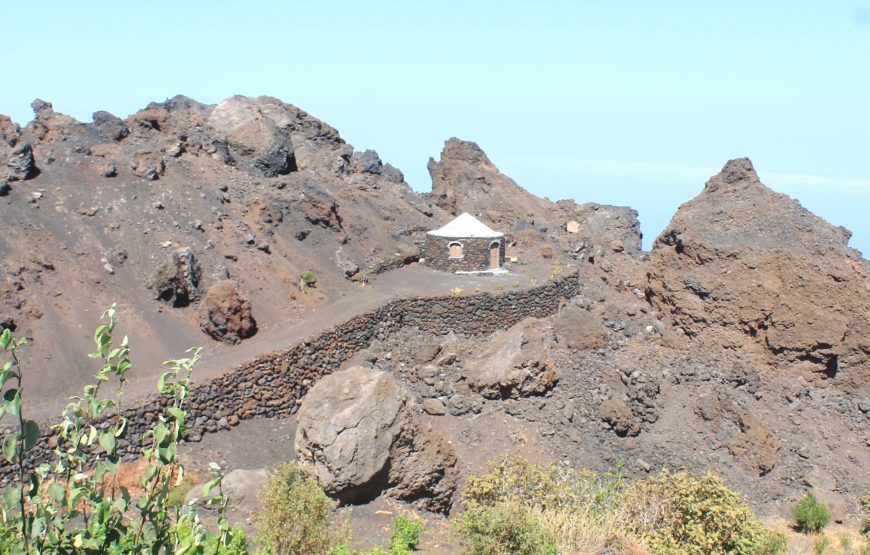
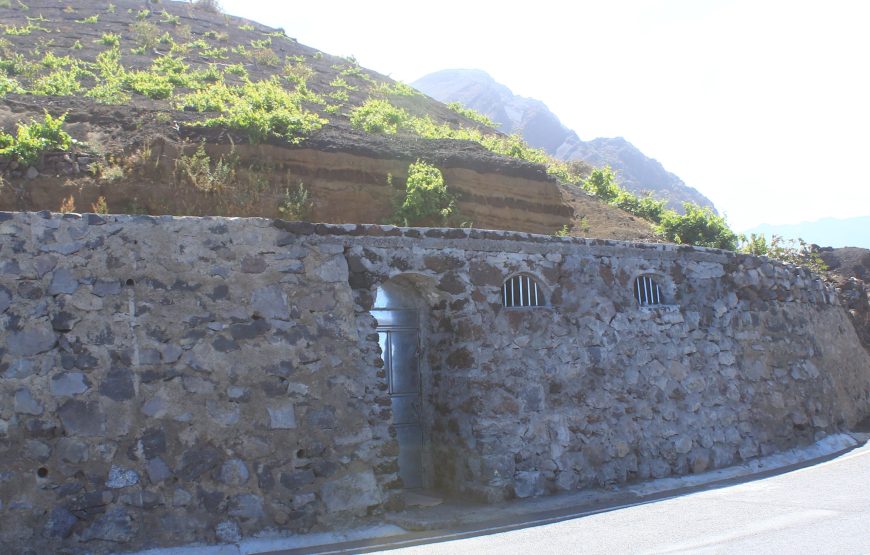
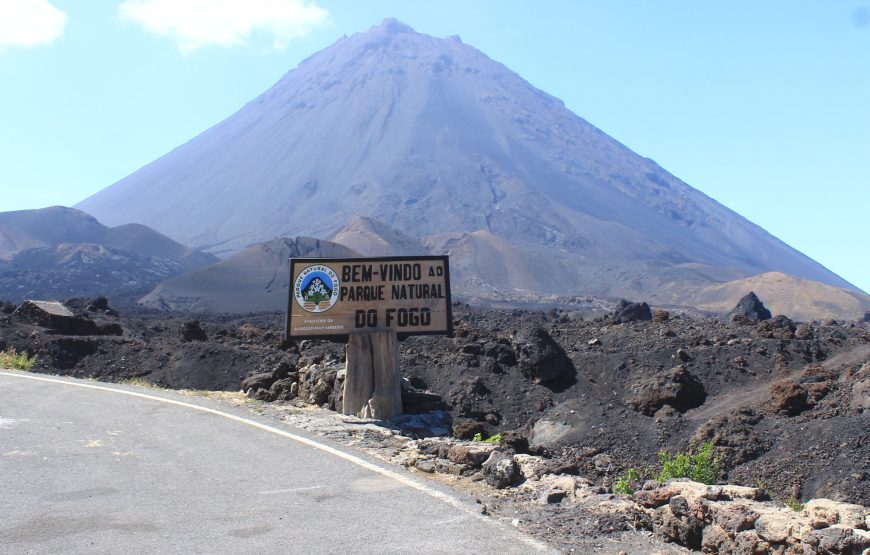
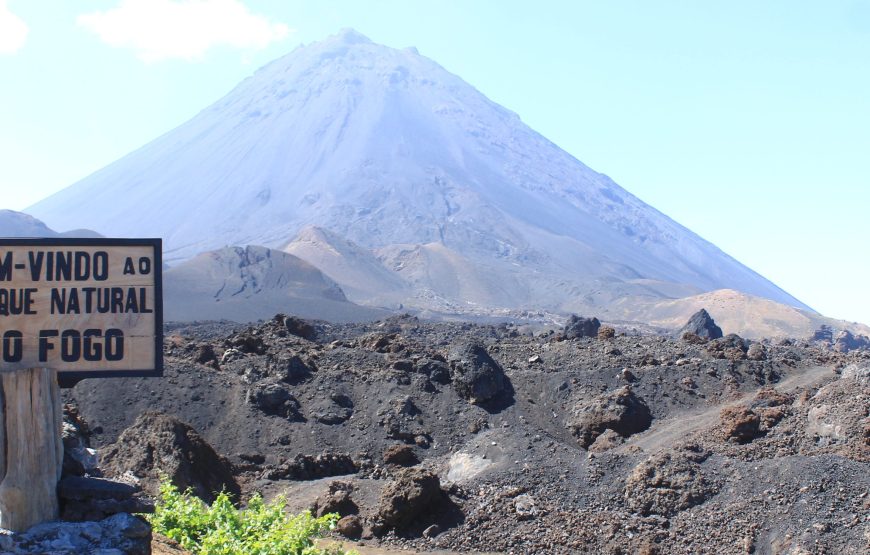
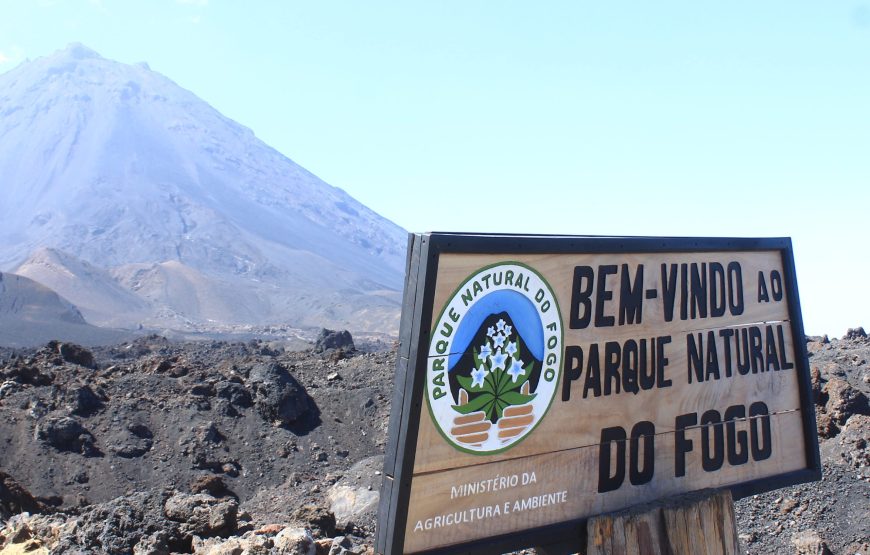
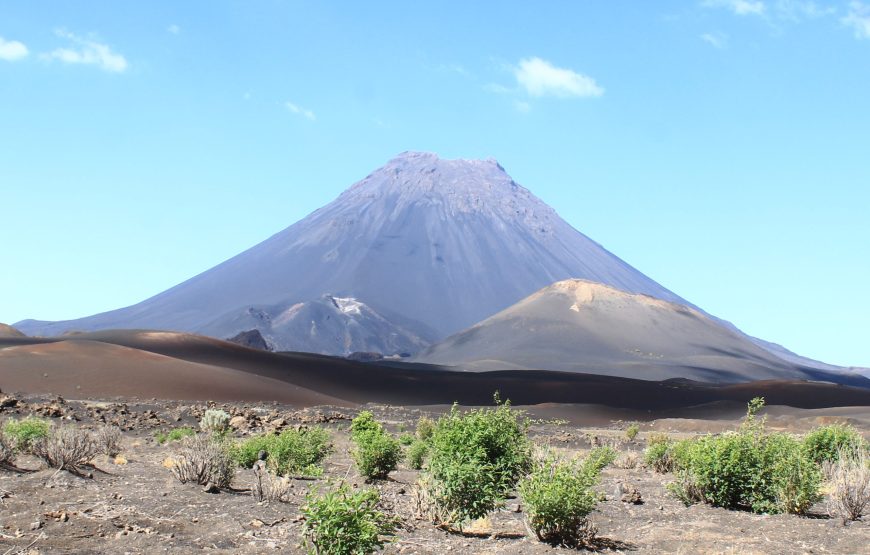
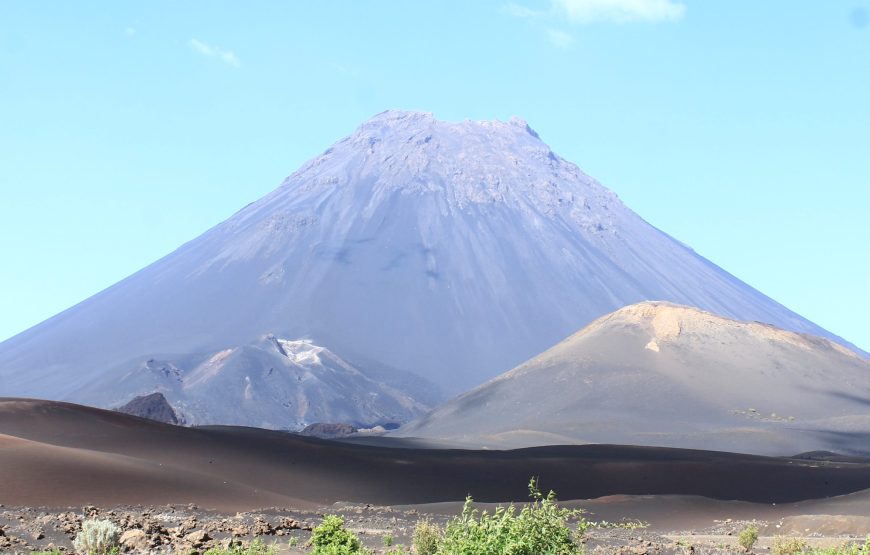
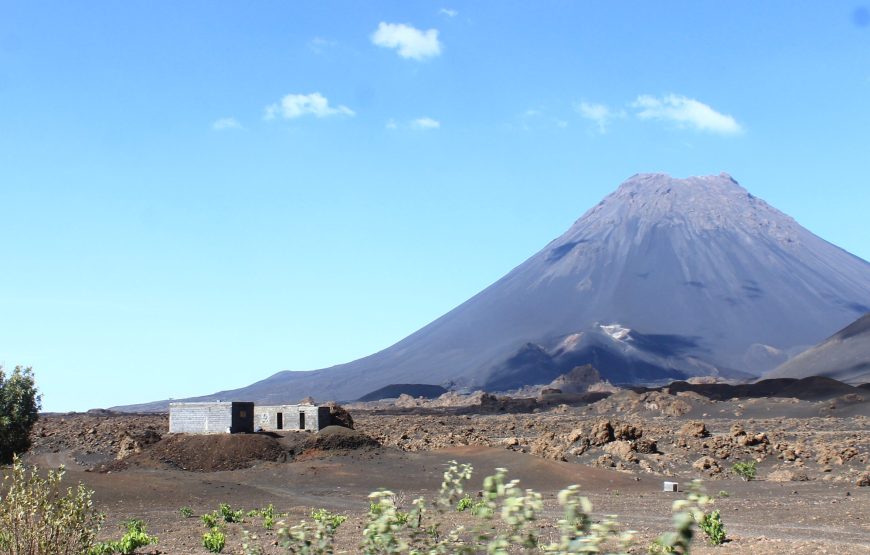
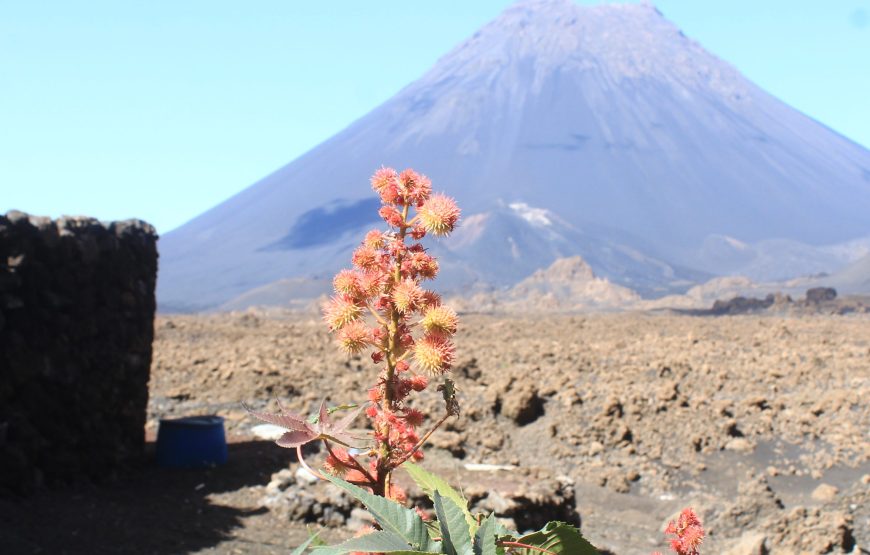

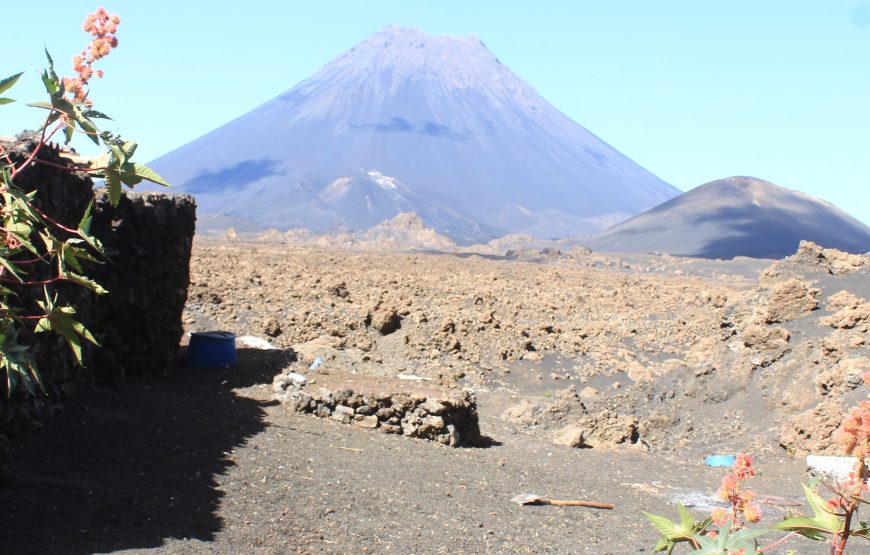
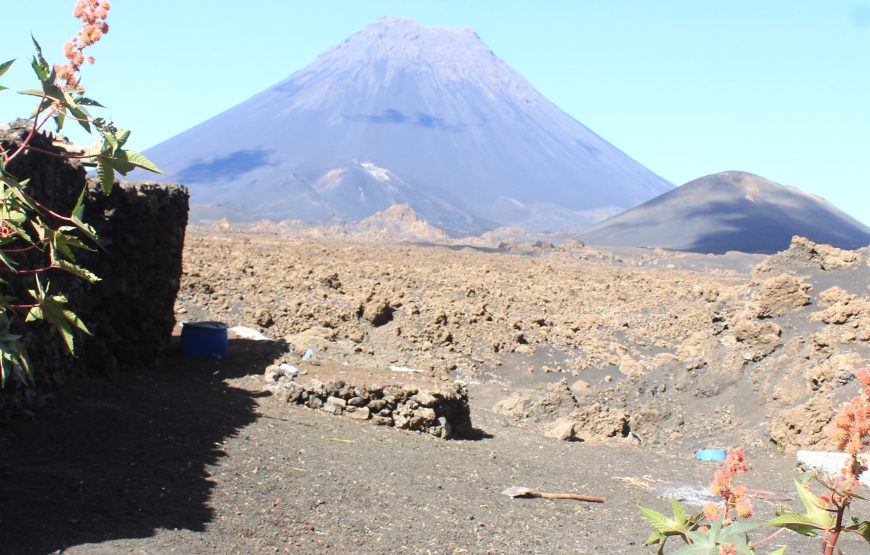
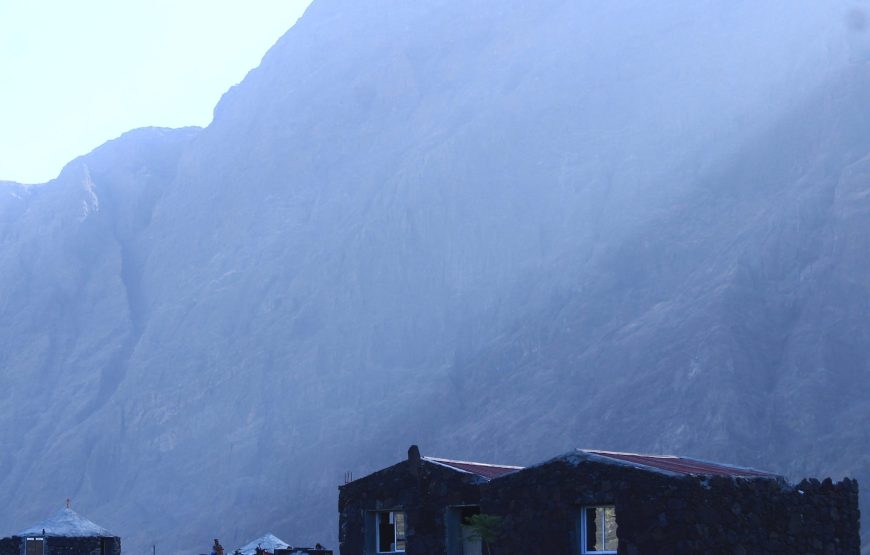
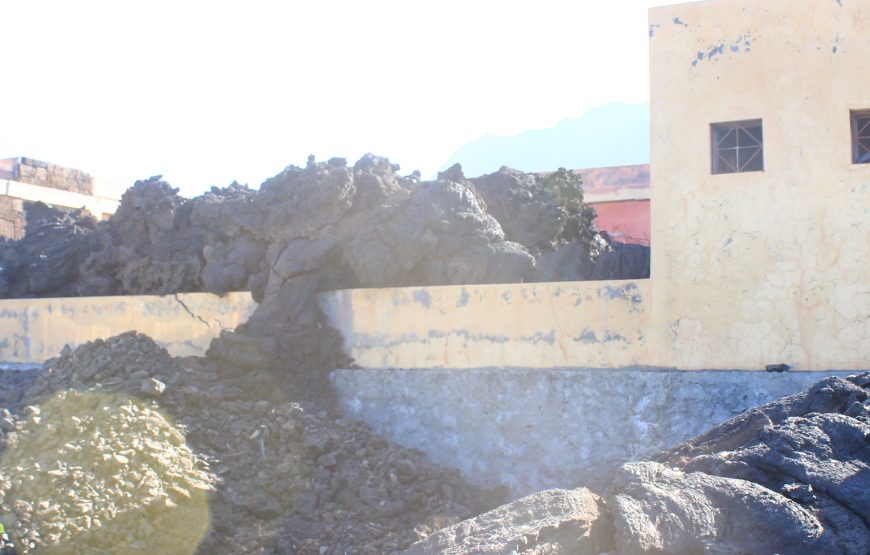
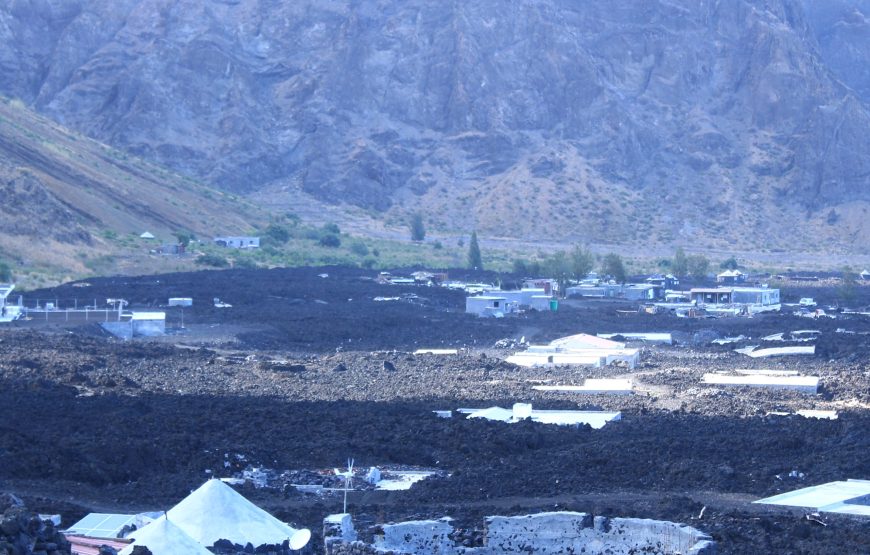
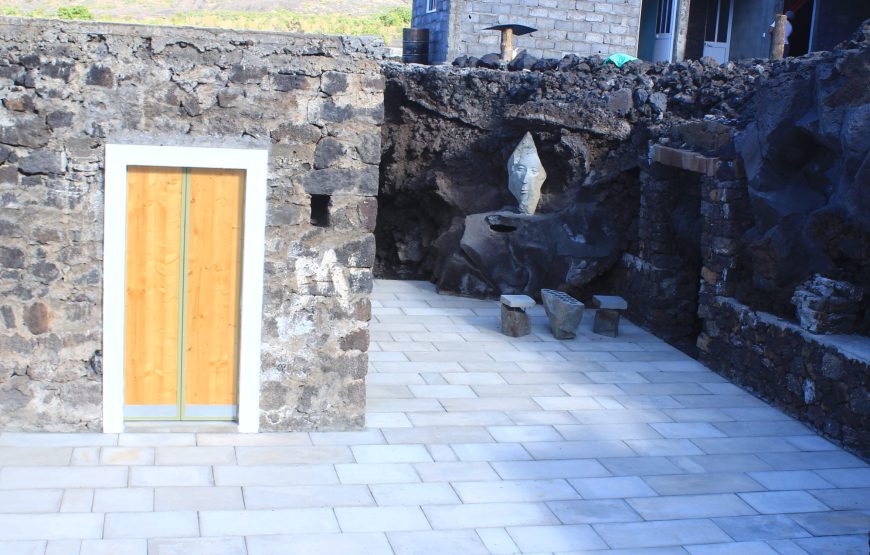
Atteignez la plus haute montagne du Cap-Vert, qui culmine à 2 829 mètres, et la troisième plus haute montagne de l'océan Atlantique. Admirez l'un des cônes volcaniques les plus escarpés et les plus spectaculaires du monde. Rencontrez les habitants de Chã das Caldeiras, un village authentique à la nature sauvage, et découvrez les points forts de São Felipe.
First day: Reception in Fogo and visit to the city of São Filipe. Your guide will pick you up from the airport or your accommodation and set off with you towards the city of São Filipe, the island's capital. There, you'll explore the “Sobrados” and then stroll around the small town, which is full of colonial houses and almost tropical colors. Afterwards, you'll get to know the town at the small Municipal Museum, where the simplicity of the objects on display depict local history. Finally, you'll head inland to the small villages of Achada Furna and Cabeça Fundão.
Now get to know the story of the inhabitants of Chã das Caldeiras National Park, who saw their homes flooded by lava from the recent volcanic eruption in 2014. Despite what it may seem, the views of the volcano and the rugged landscape that surrounds it are spectacular, and you, like me, will be enchanted by the almost magical condition of a privileged view of Cape Verde's highest mountain, the volcano itself. Afterwards, don't hesitate to look for a restaurant and enjoy a comforting meal. Some even say that one of the best delicacies on the island is “cachupa”. The island's beer is excellent and the wine you can drink is considered one of the best in the world.
Monte Velha is home to microclimates that favor the production of this bean and, consequently, the formation of a relief with vultos (shadows) that make this cultivation possible on the slopes and in the coffee valleys. The last stage of this first day on the island of Fogo is a visit to another association of producers, the chilli pepper association. There, you will learn about the history of this delicacy and have the opportunity to get to know ethos that is not available in the large-scale economy.
The next step will take you to observe a coffee plantation that contributes to shaping the landscape.
Now, admire the uneven view from its volcanic cone. The volcano is active, and the last eruption was in 2014. What surrounds it is a deep, black space filled with lava and lush vegetation. Our first stop on the trail was in an area where fig, grape, apple and pear trees used to grow. The trail we followed meanders and takes us to the first death of a resistance hero in Cape Verdean history. After the event, the trail we followed was a gift. In 3 hours, we climbed the volcano.
Enjoy the view of Pico do Fogo, the third highest mountain in the Atlantic Ocean at 2829 meters. The peak, one of the steepest and most spectacular volcanic cones in the world, is the right place to take in a 360-degree panorama of the island of Fogo and the adjoining part of the Sotavento Group of islands. And to make this view even more remarkable, the tour of the mountain's crater is the most fun part of the day.
Next, start the descent of the difficult ash slope, during which you sink to your knees in Lapilli and have the strong impression of suffocating in cat food. The heat is unbearable, and all you want is a drink of water. Between the ruin and the skyfall, you're in the middle of the lava trail. Once you've finished one of the most tiring hikes in Cape Verde, you head back to São Felipe and rush to the last drop-off point at the airport.
Nos guides sont sympathiques et formés pour assurer la sécurité du groupe. Ils parlent également l'anglais, le français et le portugais.
Nous organisons des excursions à partir de votre hôtel. Vous serez pris en charge à l'heure convenue sur votre bon d'échange.
déconseillé aux utilisateurs de fauteuils roulants
Les excédents de bagages et les valises ou sacs de grande taille ne sont pas autorisés.
ne pas être en état d'ébriété, ne pas consommer d'alcool ou de drogue et ne pas jeter d'ordures dans l'environnement.
porter des lunettes de soleil et de la crème solaire.
suivre toutes les recommandations de votre guide d'accompagnement.
protéger le patrimoine historique pendant l'excursion,
ne pas jeter de détritus et respecter la culture locale
chaussures de randonnée, bouteille d'eau